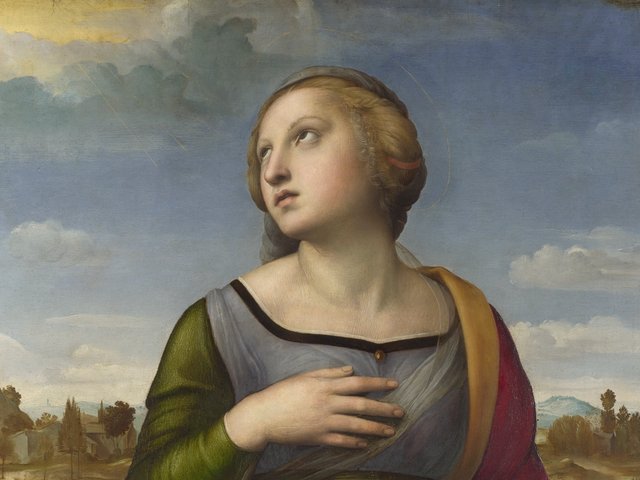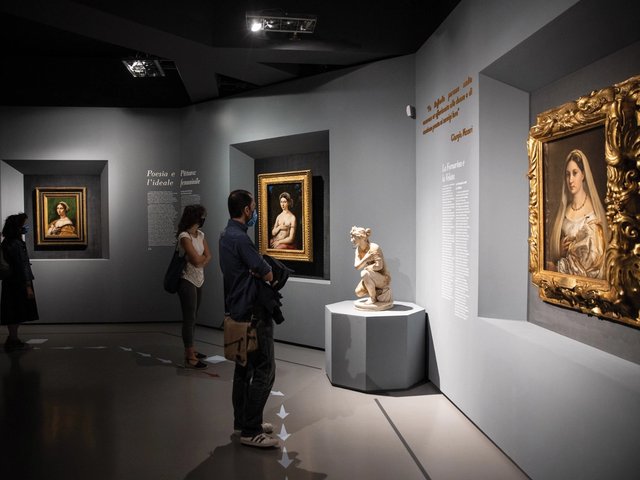In 1983, the 500th anniversary year of Raphael’s birth, the Italian government decided, on the grounds that the artist’s works were too fragile to move, that there would be no single blockbusting loan exhibition to honour the artist. Instead, there were to be local shows centred on works in permanent collections. Consequently, Brescia, Florence, the Vatican and Rome, among others, each held discrete exhibitions.
Now, the French senate has flexed its muscles—despite behind-the-scenes resistance from museum curators, including a circular letter to museum directors and curators around the world from the Réunion des musées nationaux (RMN) not to lend fragile Raphaels—and has caused the Italian authorities to change their minds. Such is the political power of Italian art, that, while the rest of the world has declared a moratorium on the movement of works of art following the terrorist attacks in the US, President Berlusconi has personally ordered that the Raphael loans go ahead, as well as those of Italian Old Masters to Japan. In the Musée du Luxembourg, the exhibition space in the eponymous palace which houses the senate, there will be a crowd-pulling exhibition, “Raphael: grace et beauté” (10 October to 27 January 2002).
Twelve major paintings, along with half a dozen works on paper, have been loaned, mainly by Roman museums—the Galleria Borghese (two), the Galleria nazionale d’arte antica (two), the Vatican (one) and the Doria Pamphilj (one)—as well as by the Pitti Palace in Florence, and museums in Brescia and Bergamo. Works have also been loaned by the Gemäldegalerie in Berlin and by the Szépmüvészeti in Budapest. The Kunsthistorisches Museum in Vienna stalwartly refused to lend its Raphael, “The Madonna of the meadows”.
Although Raphael had no connection with Paris, or France for that matter, the organisers make the tenuous claim for mounting the exhibition on the grounds that the Palais du Luxembourg had been created (1615-27) for Marie de Médicis whose ancestors had employed Raphael (1482-1520). The aim of the exhibition is to examine the criteria for portraiture—grace and beauty—that the organisers claim were the emergent characteristics in the late 15th and early 16th centuries. Specious though the justification for holding this show in the Musée du Luxembourg may be and tenuous as the organising principle may seem, the works recapitulate Raphael’s career and present some of his finest works.
Among the masterpieces on show are “The lady with the unicorn” (1505-1506) from the Galleria Borghese, the double portrait of Andrea Navagero and Agostino Beazzano (1516) from the Doria Pamphilj, “La Velata” (1516) from the Pitti, and the portrait of Raphael’s mistress, “La fornarina” (1518-19) from the Galleria nazionale d’arte antica.
The Raphael exhibition is another stage in the Luxembourg’s growing bid for power and influence in the art world. Last year the exhibition of masterpieces from the Rau Collection, drew some 1,000 visitors per weekday and nearly double that number at the weekend. Yves Marek, the cultural counsellor for the Senate, explained that such “successes” were necessary for the museum “to bolster its power”. The museum is planning a Gauguin exhibition for 2003 which will bolster visitor numbers for the Luxembourg’s “prise de pouvoir”.
Originally appeared in The Art Newspaper as 'Senatorial pulling power'



